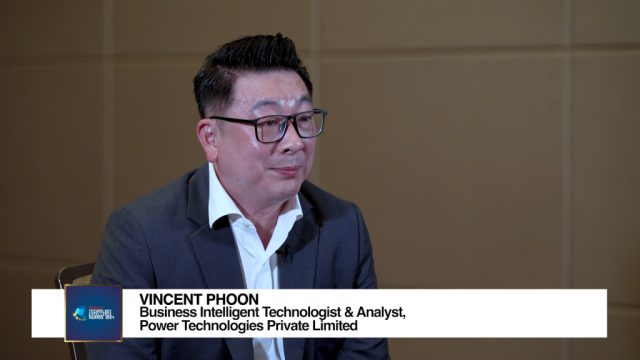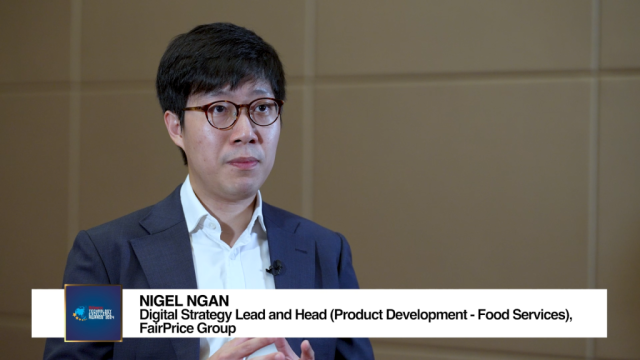
District Cooling – The Smart, Efficient, and Economic Way!
It’s time to bid farewell to traditional cooling solutions.
Many experts in the corporate world are looking for an economic and energyefficient cooling solution, one that meets the challenges of property development in the region. District Cooling has the answer to your cooling needs that will meet or exceed your expectations.
At present, cooling activities are responsible for the largest portion of energy consumption. Production, operation and maintenance of individual air-conditioning units are inefficient in large scale applications and no longer the only option in property development. District Cooling is economical, scalable, and an energy efficient way of providing refreshing cool air to residential, commercial and industrial properties via insulated underground pipes that save money and increase both comfort and productivity among satisfied customers.
District Cooling has been in use for many years in the United States as well as in Europe, with emerging markets in South East Asia now moving to the forefront of development. In recent decades, major urban project developments have opened the door for District Cooling in the region, particularly in Singapore, Malaysia, Thailand and the Philippines.
Today, metropolitan property development projects in the region start with these words – Energy Efficiency and Green Energy. Sustainable development of energy resources can be obtained through District Cooling; today’s answer to your cooling needs. “Compared to 10 years ago, District Cooling is getting a lot of attention in Asia because of increased environmental
awareness which is more sensitive now. Many developers realise that District Cooling is a good way to reduce their carbon footprint. There is still a long way to go in education on this issue, but I see that architects, town planners and developers understand morefully the effectiveness of District Cooling from an environmental point of view.”
So says Mr. Pierre Cheyron, CEO of Cofely South East Asia (part of GDF Suez group), who sees District Cooling as one of their priority segments for investment in the energy market, in South East Asia. He sees huge potential within the District Cooling industry in the region, both in the Green Energy field as well as existing district cooling applications which practice both technical and technology transfers to improve overall plant performance and increase reliability.
George Berbari, CEO of DC Pro Engineering says District Cooling is more efficient now than at any time before. Higher efficient chillers, pumps, cooling towers, use of TSE water and thermal storage as well as CCHP are making District Energy more efficient and hence more appealing technically, financially and environmentally.
“In order to have an efficient district cooling plant, high standards of maintenance are required. However, in this part of the world good maintenance practice has not really been a priority. We need to improve the way the existing district cooling plants are operated and maintained so we can deliver value improving the process of operation and maintenance.”
In Singapore the District Cooling industry is “Uniquely Singapore”. It is the only country in the ASEAN region with a solid, well-defined legal framework that protects consumers’ right while provides tangible return on investment for developers, operators and project owners. Malaysia is “Truly Asia” where pure market principles on mutual basis determine the provider-consumer relationship including technology, scale of investment and end user pricing.
Silvester Pullman, Managing Director of Fleming Gulf Malaysia put it best when he said “as an industry that is growing rapidly in the region, government regulation is needed to ensure balance between provider and consumer.” The importance of having an efficient knowledge-sharing platform is another essential factor which should come into consideration. Thailand and the Philippines are areas of upcoming opportunity and represent a kind of a gold rush situation in District Cooling, whereas in Japan, District Cooling is considered a public utility just like water or
electricity. There they have introduced energy efficiency themes in early education – starting as early as kindergarten.
This represents the future of the market’s possibilities and is thus a feasible goal for all market participants. The question that remains is how fast the South East Asian District Cooling industry can reach that same level of development?
























 Advertise
Advertise









